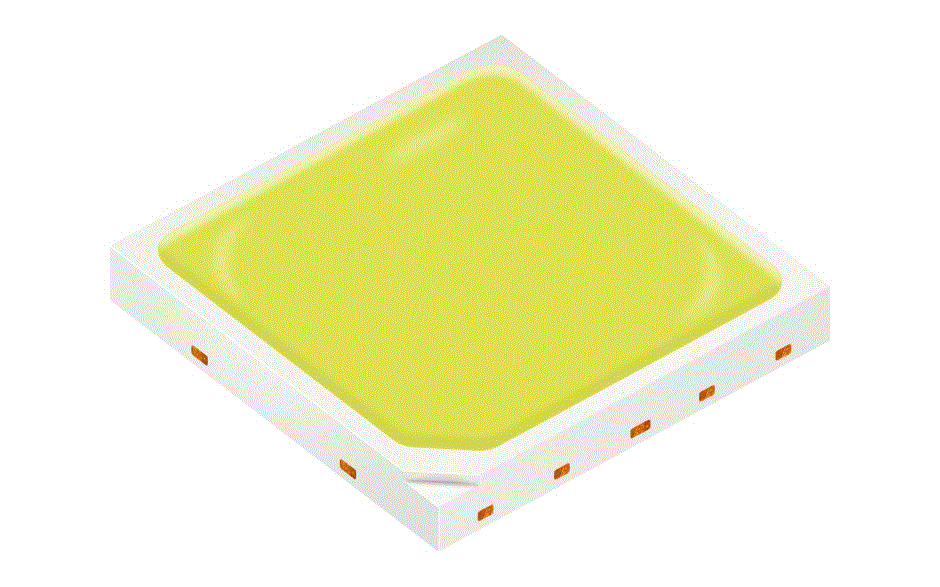Manufacturers
- Abracon
- Adam Tech
- Aerospace, Defense & Marine
- Agastat
- AIC
- AKM Semiconductor
- Alcoswitch
- Allegro
- Alps Electric
- Altera
- AMI Semiconductor
- AMP
- ams
- Analog Devices (ADI)
- Aptina Imaging
- Atmel
- Avago / Broadcom
- AVX
- Axicom
- Bccomponents
- Beyschlag
- BI Technologies
- Bourns Inc.
- Bowei Integrated Circuits
- Bridgelux
- Buchanan
- California Micro Devices
- Catalyst Semiconductor
- CGS
- Cirrus Logic
- Citizen Electronics
- CML Microcircuits
- Coiltronics
- Cooper Bussmann
- Corcom
- Core Logic
- Cree
- CSR PLC
- CTS
- Cypress Semiconductor
- Dale
- Data Image
- Deutsch
- Diodes Incorporated
- DOMINANT Opto Technologies
- E-T-A
- Eaton
- ECS
- Edison Opto
- Elcon
- EPCOS
- Epistar
- Epson
- Everlight Electronics
- Exar
- Fairchild Semiconductor
- FCI
- Freescale Semiconductor
- Fremont Micro Devices (FMD)
- Fujitsu Semiconductor
- Fulltech Electric
- General Semiconductor
- Harvatek
- Holsworthy
- Hsuan Mao Technology
- IDT
- Infineon Technologies
- Innolux
- International Rectifier (IR)
- Intersil
- IRC
- ISSI
- IXYS-IC
- Jing Cheng Electronical
- JL World
- Johanson Dielectrics
- Johanson Technology
- JRC / NJR
- JST
- KEC
- Kilovac
- Kingbright
- Kyocera Industrial Ceramics
- LEDiL
- Linear Technology / ADI
- Lite-On Technology
- Littelfuse
- Lumex
- Lumileds
- Luminary Micro
- Luminus Devices
- Macronix
- Maojwei / ZJPT
- Maxim Integrated
- MCC
- Mean Well Enterprises
- Microchip Technology
- Micron
- Microsemi
- Mini-Circuits
- Molex
- Murata Manufacturing
- Murata Power Solutions
- MWT
- National Semiconductor
- Nichicon
- Nippon Chemi-Con
- NJR / JRC
- NVE
- NXP Semiconductors
- OEG
- Omnivision
- ON Semiconductor
- Optek Technology
- Optrex
- OSRAM Opto Semiconductors
- OTAX
- Panasonic
- Peregrine(pSemi)
- Potter & Brumfield
- Power Integrations
- PowerStor
- Preci-Dip
- Prewell
- Products Unlimited
- Pulse Electronics
- PulseCore Semiconductor
- Qorvo
- Raychem
- Renesas Electronics
- RFMD
- Richtek Technology
- ROHM Semiconductor
- Rubycon
- Samsung Electro-Mechanics
- Samsung Semiconductor
- Schaffner
- Schrack
- Seiko Instruments, Inc. (SII)
- Semtech
- Sensata
- Seoul Semiconductor
- Sfernice
- Sharp Display
- Sharp Microelectronics
- Silicon Labs
- Siliconix
- Skyworks Solutions
- SoniCrest / JL World
- Spansion
- Sprague
- Stanley Electric
- STMicroelectronics
- Sunny Electronics
- Susumu (SSM)
- Taimag
- Taiyo Yuden
- TDK
- TDK-Lambda
- TE Connectivity
- Teccor
- Texas Instruments (TI)
- Thin Film
- Tianma Micro-electronics
- TOCOS
- TOKO
- Toshiba Electronic Components
- TT Electronics
- Tusonix
- TXC
- Tyntek
- Vishay
- Vishay Precision Group
- Vitramon
- Walsin Technology
- Weidmuller
- Welwyn
- Wickmann
- Winbond
- Xilinx
- Yageo
- Zetex Semiconductors
- ZJPT / Maojwei
News
It’s all in the mix – ams Osram presents white LED for highly efficient horticulture lighting
2021-06-24 | Return- Osconiq S 5050 enables particularly efficient system designs thanks to a new type of phosphor.
 ams OSRAM, a global leader in optical solutions, is expanding its comprehensive horticulture portfolio with the Osconiq S 5050. There is an ideal light recipe for each plant that includes "ingredients" such as the required wavelengths, intensity, average illumination duration and much more. Operators of greenhouses and so-called indoor farms naturally want to be as energy-efficient as possible in addition to maximizing yields. ams Osram’s Osconiq S 5050 addresses a key problem of often used white LEDs resulting in lower energy costs and more efficient lighting to luminaire manufacturers and indoor farmers.
ams OSRAM, a global leader in optical solutions, is expanding its comprehensive horticulture portfolio with the Osconiq S 5050. There is an ideal light recipe for each plant that includes "ingredients" such as the required wavelengths, intensity, average illumination duration and much more. Operators of greenhouses and so-called indoor farms naturally want to be as energy-efficient as possible in addition to maximizing yields. ams Osram’s Osconiq S 5050 addresses a key problem of often used white LEDs resulting in lower energy costs and more efficient lighting to luminaire manufacturers and indoor farmers.In indoor farming, red and blue or alternatively red and white LEDs are the predominate combinations found today. Standard white LEDs used to grow plants also emit light in the red wavelength range, which could be covered by direct emitting red LEDs in the lighting system instead. In addition, classic white LEDs require considerably more energy than a directly red-emitting LED would for a comparable number of red photons. “Our new Osconiq S 5050 now enables a higher system efficacy of red-white spectra by reducing the share of phosphor converted red photons. With this concept, growers are now able to save energy costs significantly,” explains Thomas Grebner, Marketing Manager at ams Osram. The special phosphor used in the Osconiq S 5050 cuts the red part of the spectrum, so to speak. The red component in the white light of the LED is therefore considerably lower.
The Osconiq S 5050 enables compact luminaire designs for manufacturers thanks to its space-saving dimensions of just 5.0 mm x 5.0 mm x 0.7 mm. The mid-power LED also boasts an efficiency of 2.86 µmol/J and an optical output of 630 mW. In addition, the device, which can be operated in a range of 180 to 1050 mA depending on the target application, is protected against overvoltages of up to 8 kV.
Horticulture technologies from ams Osram not only help to produce food independently of location, in a space-saving manner and without the addition of pesticides, they also make it easy for consumers in urban areas to obtain fresh and healthy food quickly.
Further information about horticulture lighting can be found on our website.
Source: http://www.osram-os.com/





